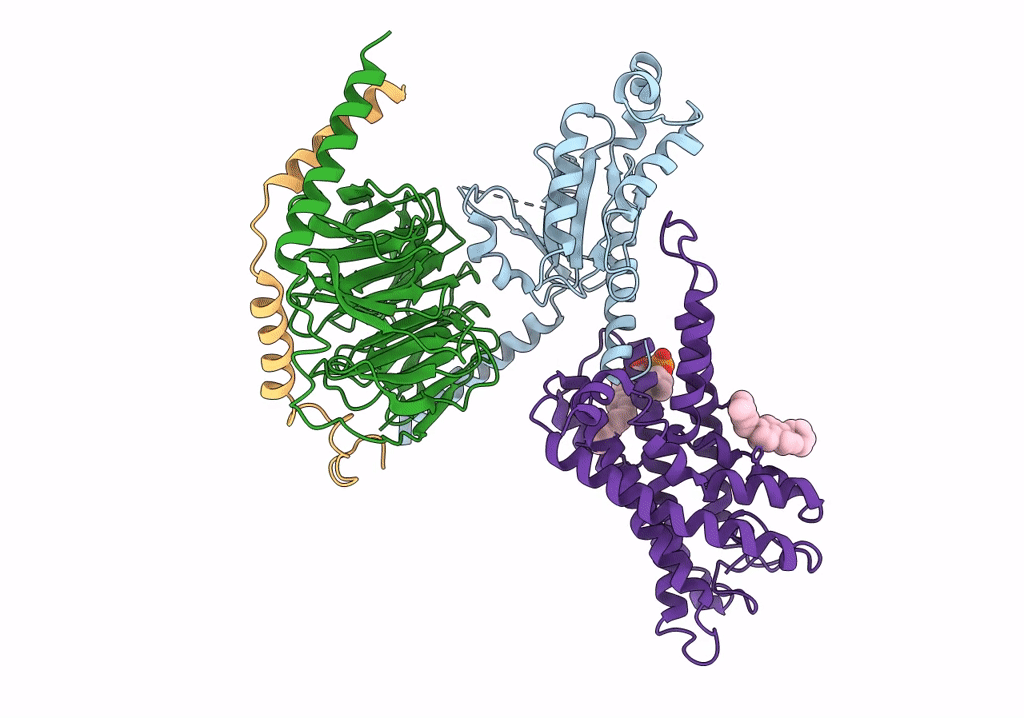
Deposition Date
2022-02-05
Release Date
2022-04-27
Last Version Date
2025-07-02
Entry Detail
PDB ID:
7WU5
Keywords:
Title:
Cryo-EM structure of the adhesion GPCR ADGRF1(H565A/T567A) in complex with miniGi
Biological Source:
Source Organism:
Homo sapiens (Taxon ID: 9606)
Host Organism:
Method Details:
Experimental Method:
Resolution:
3.00 Å
Aggregation State:
PARTICLE
Reconstruction Method:
SINGLE PARTICLE


